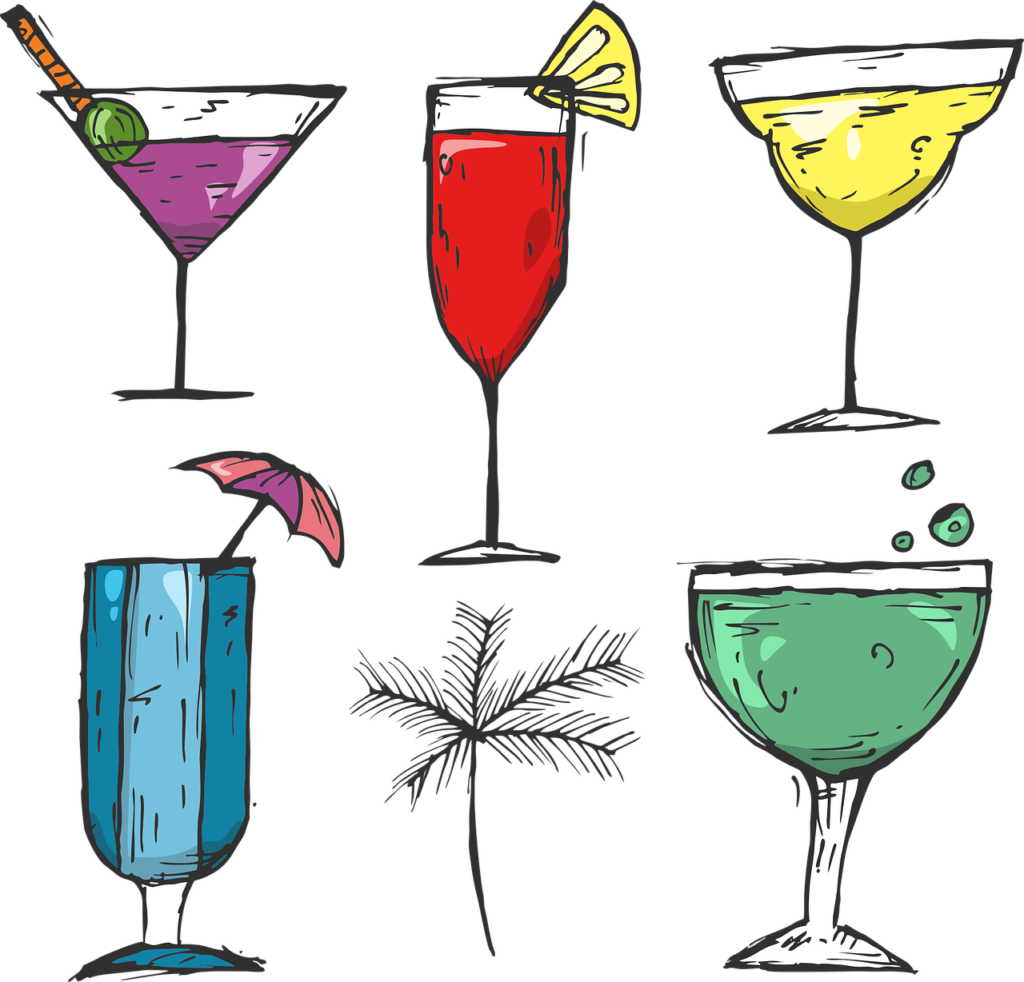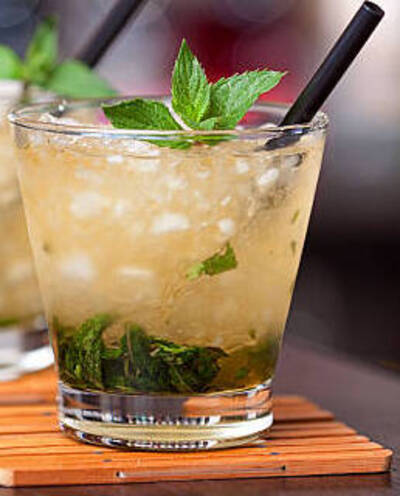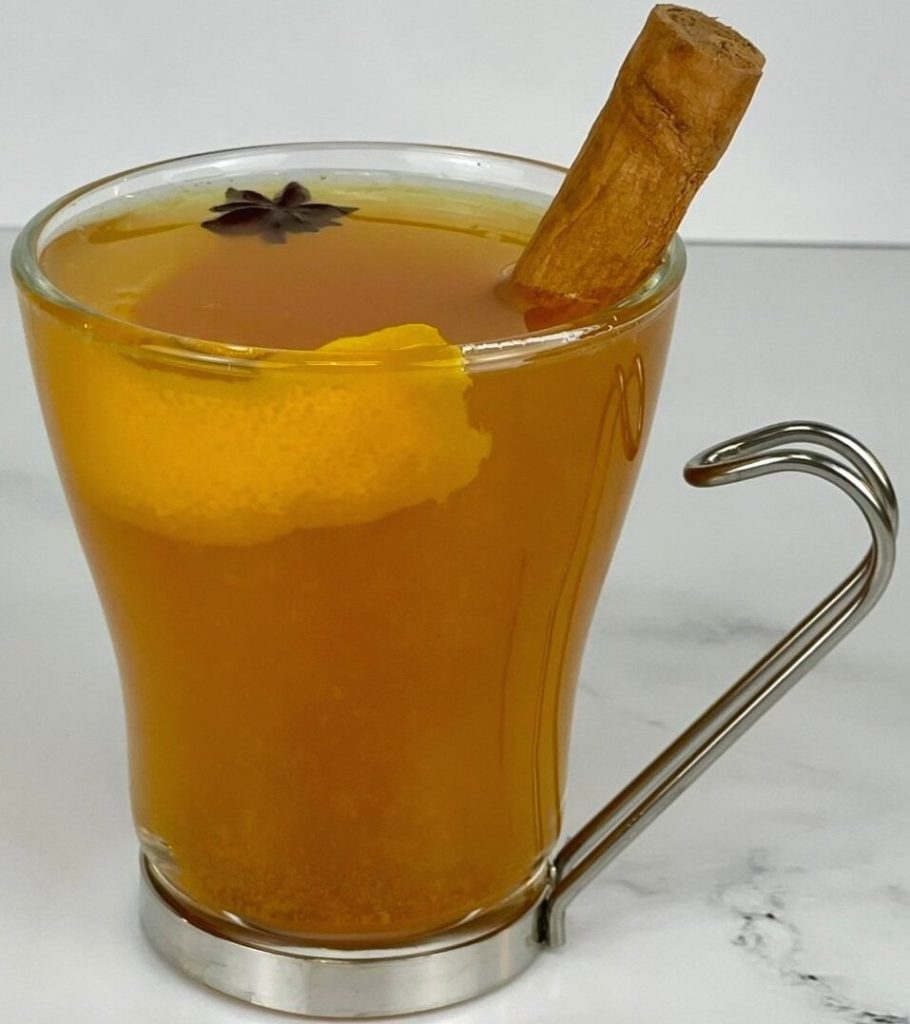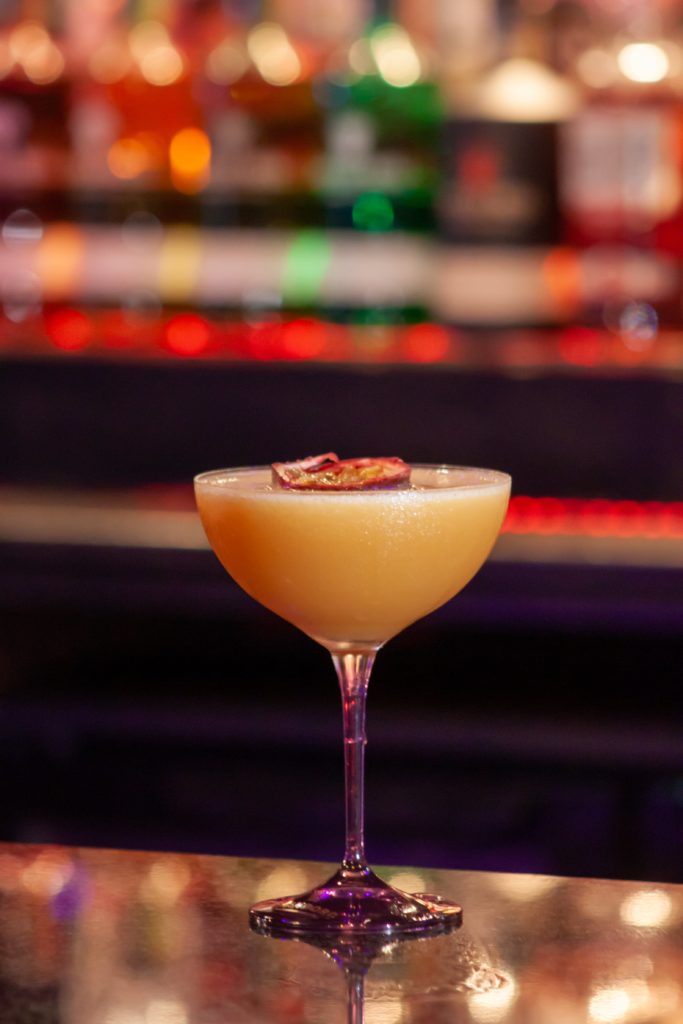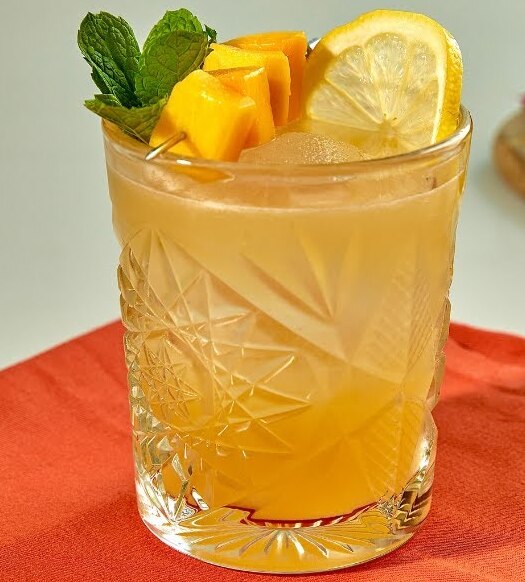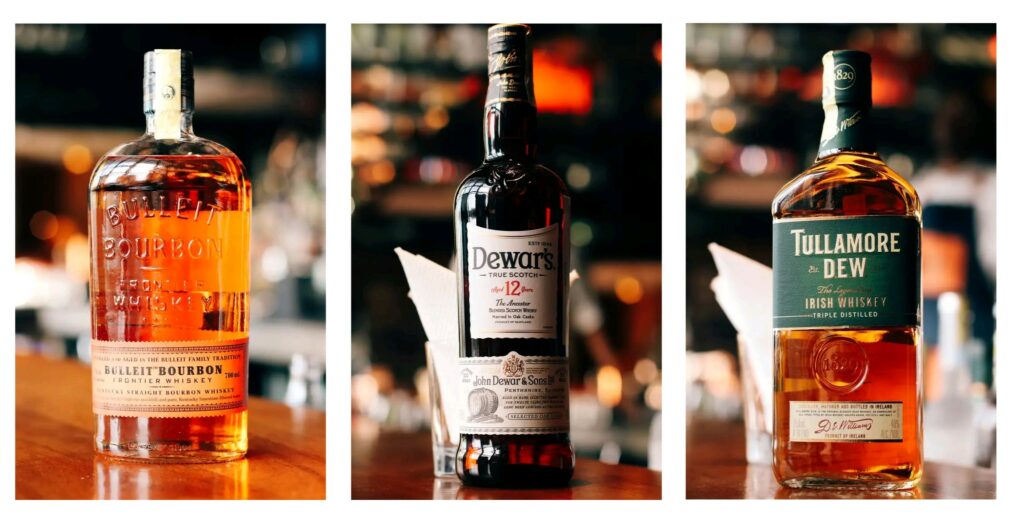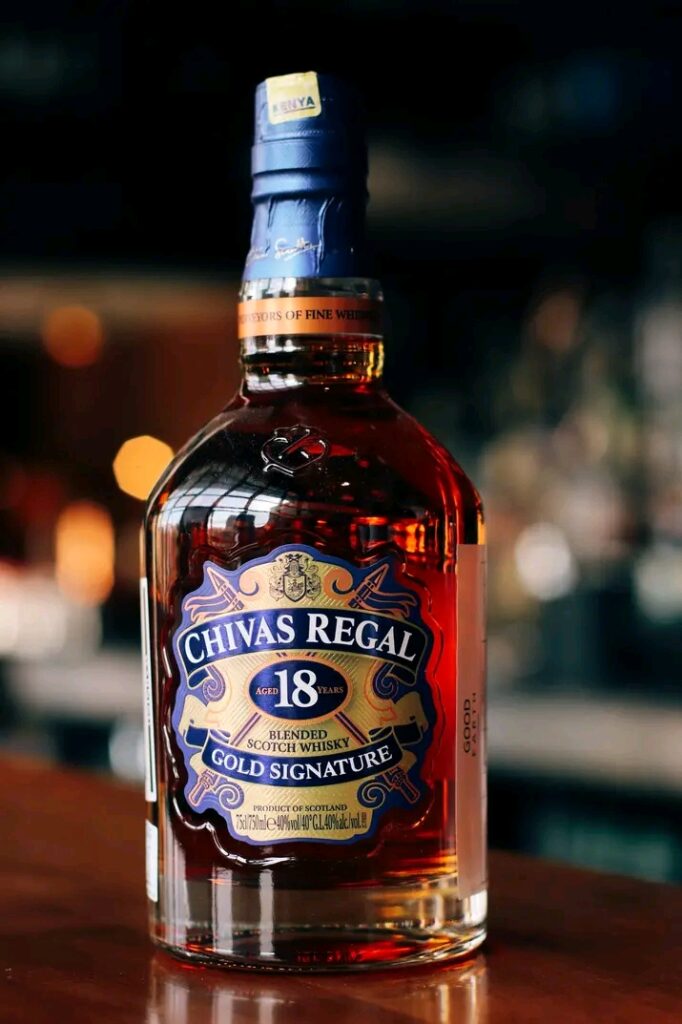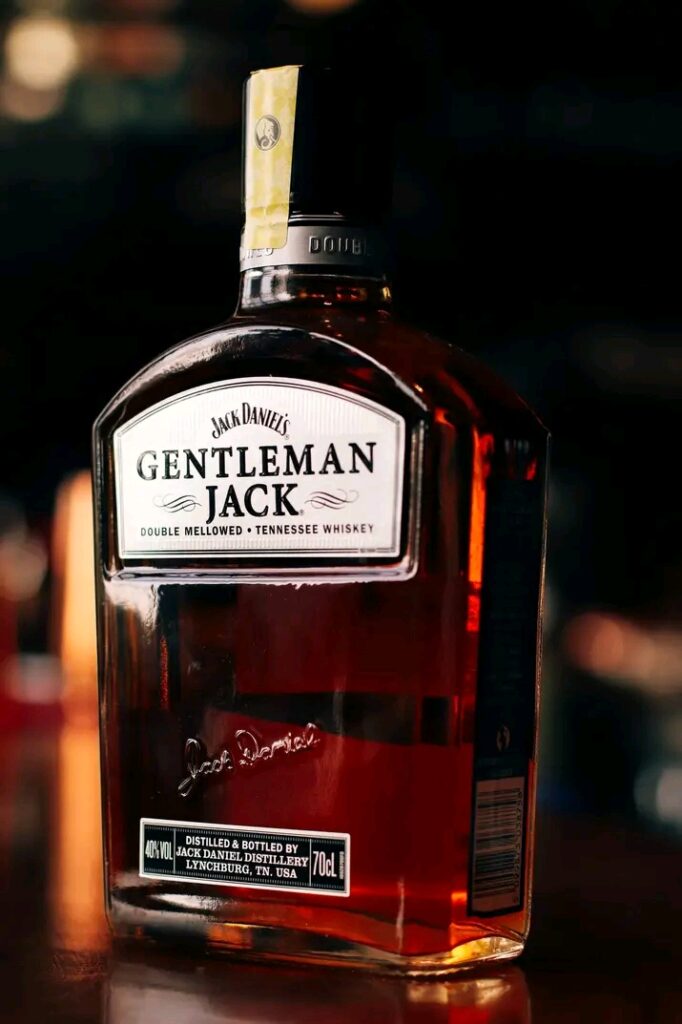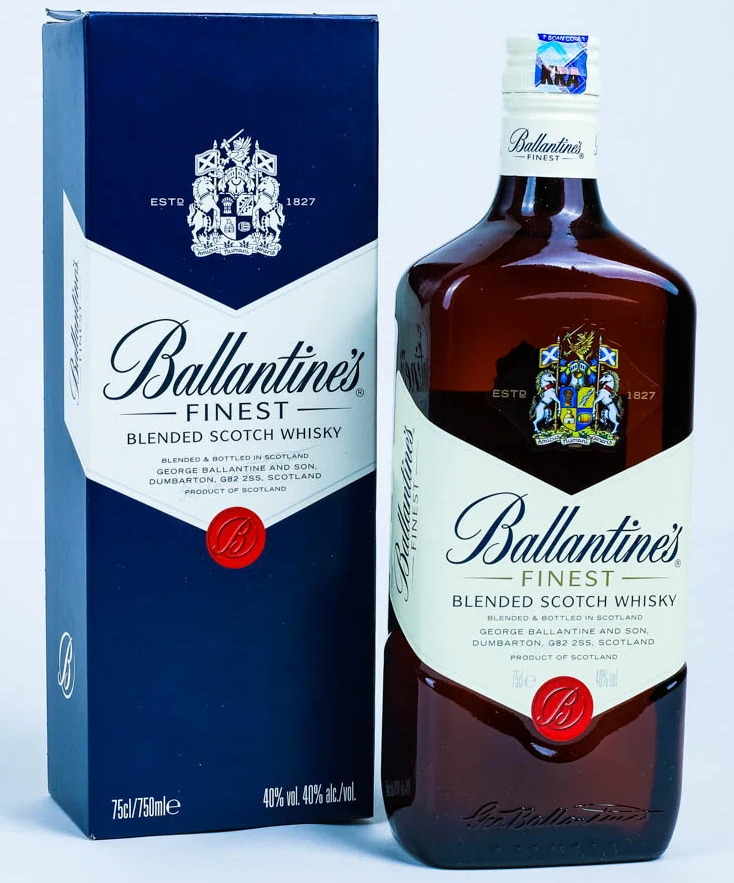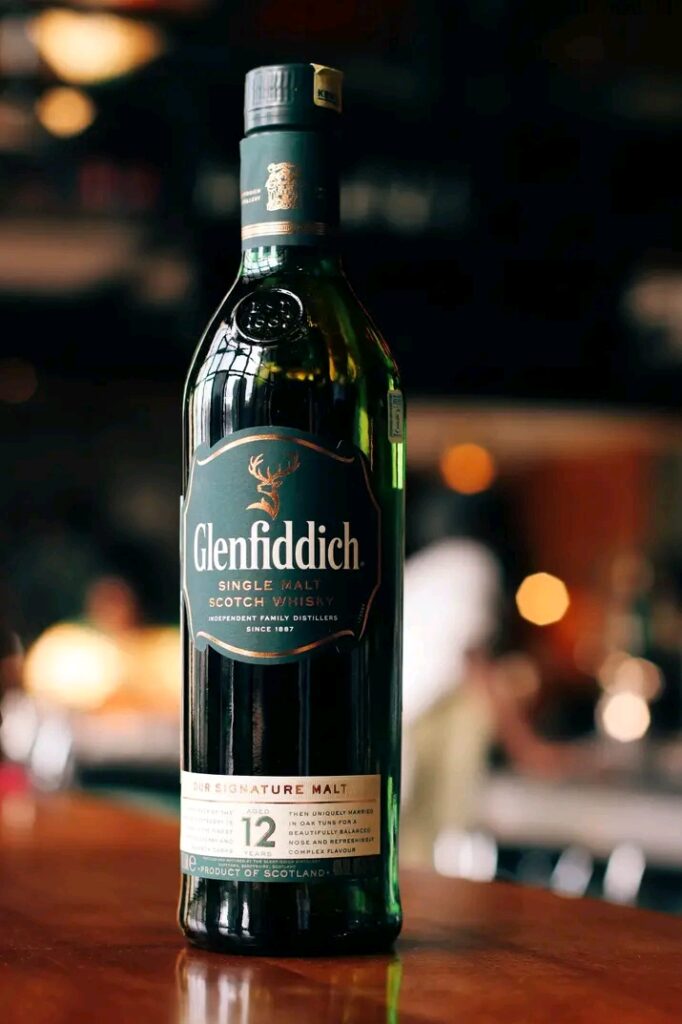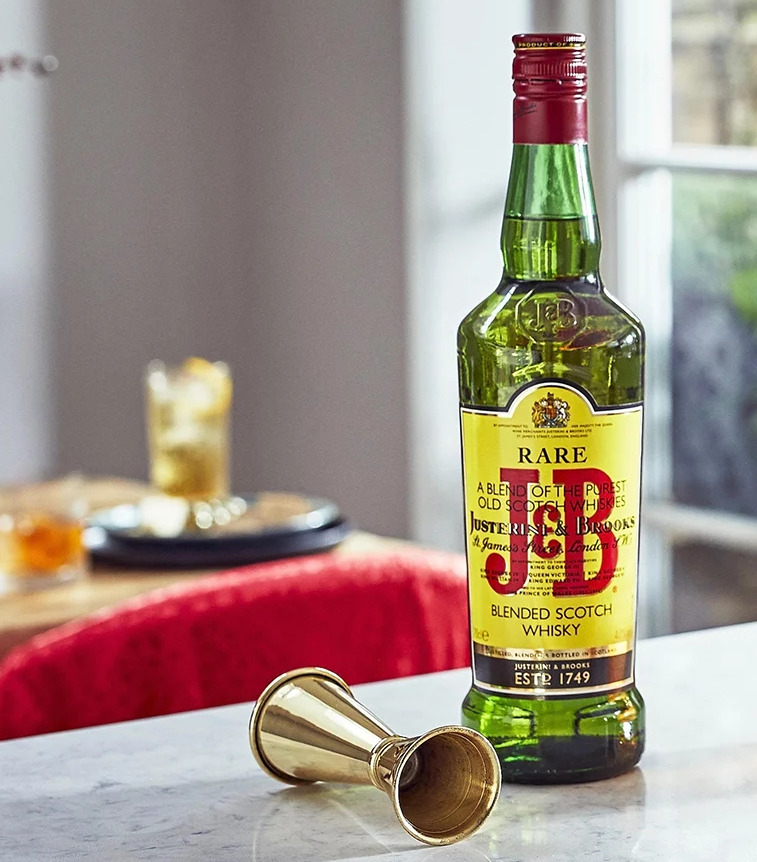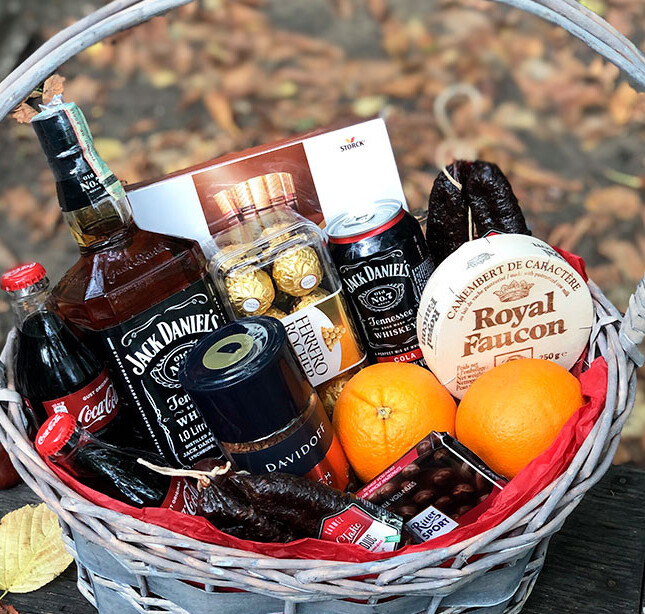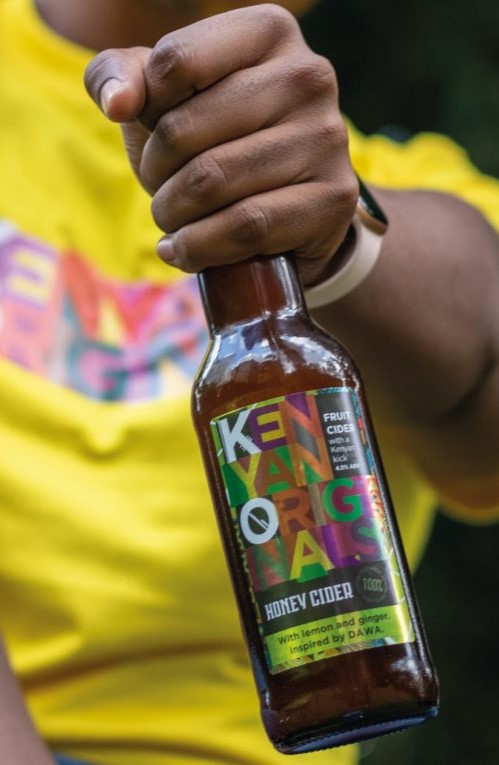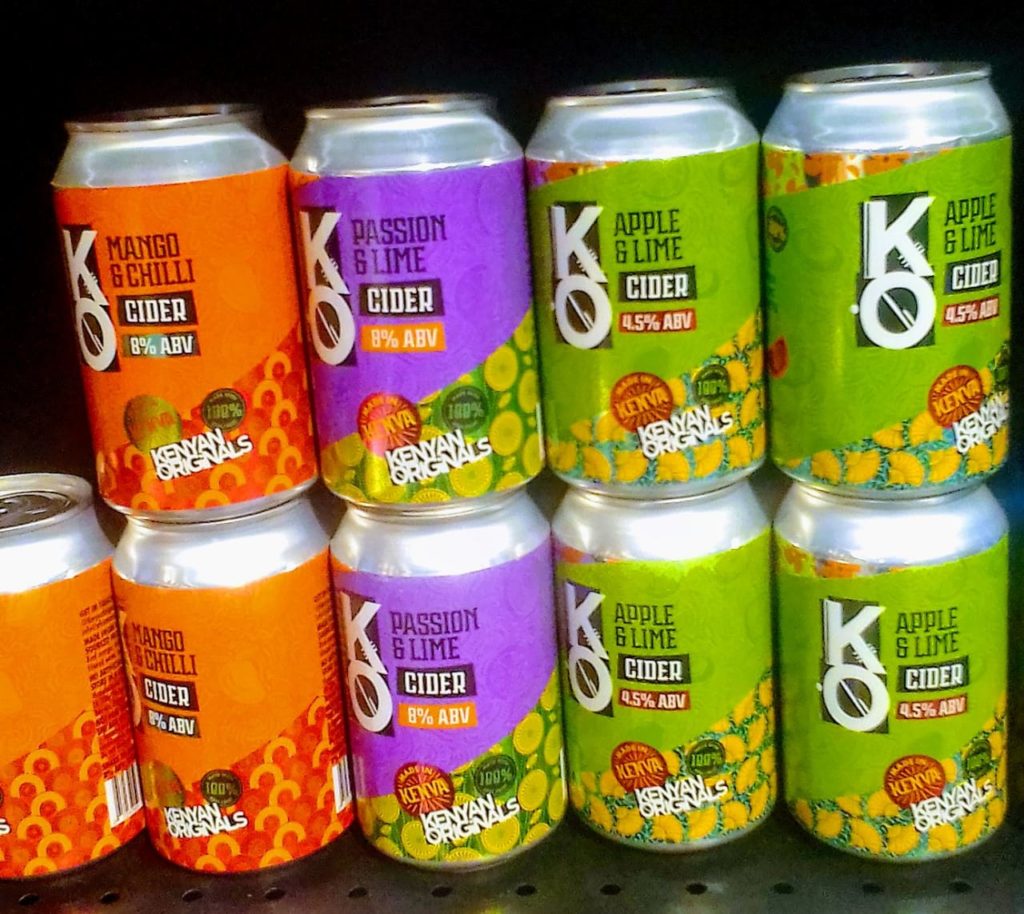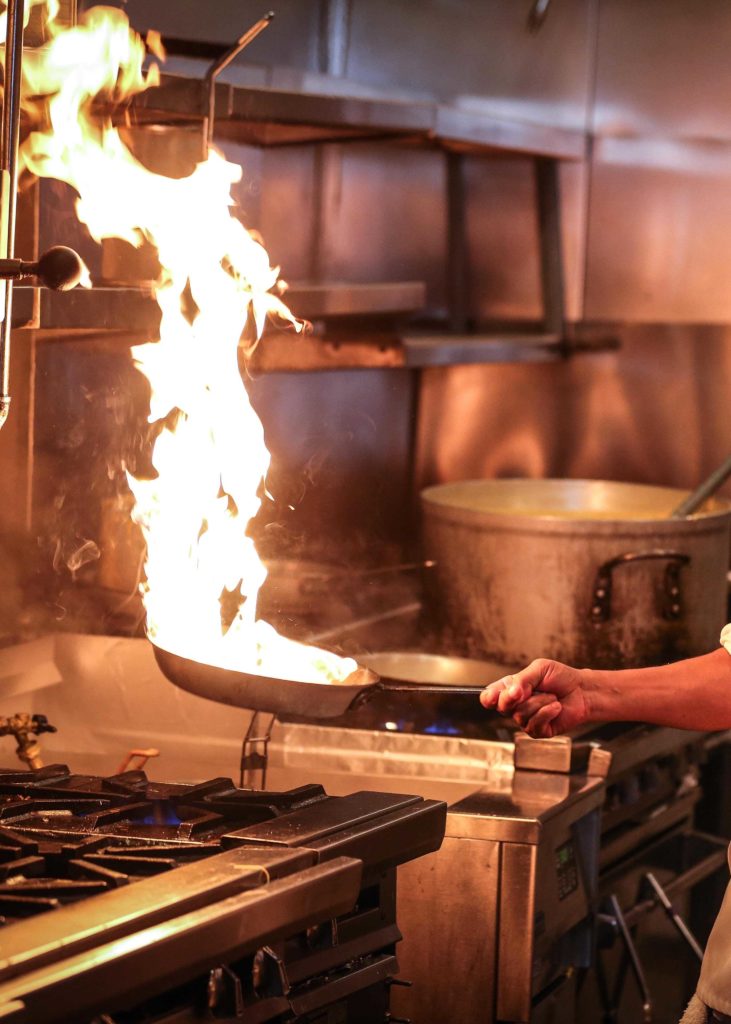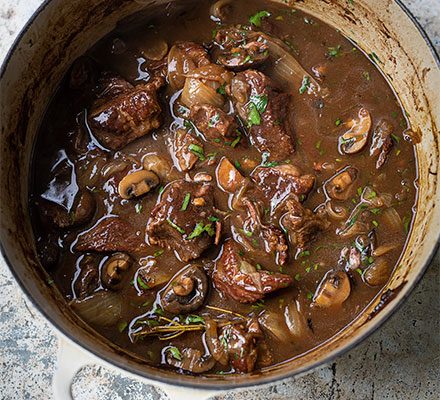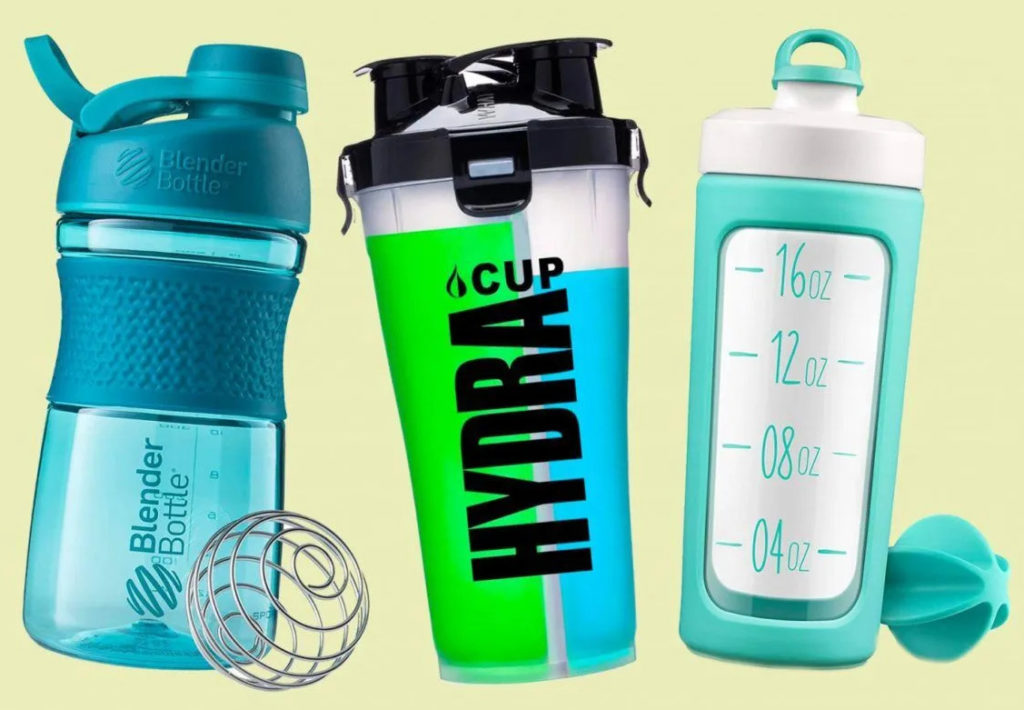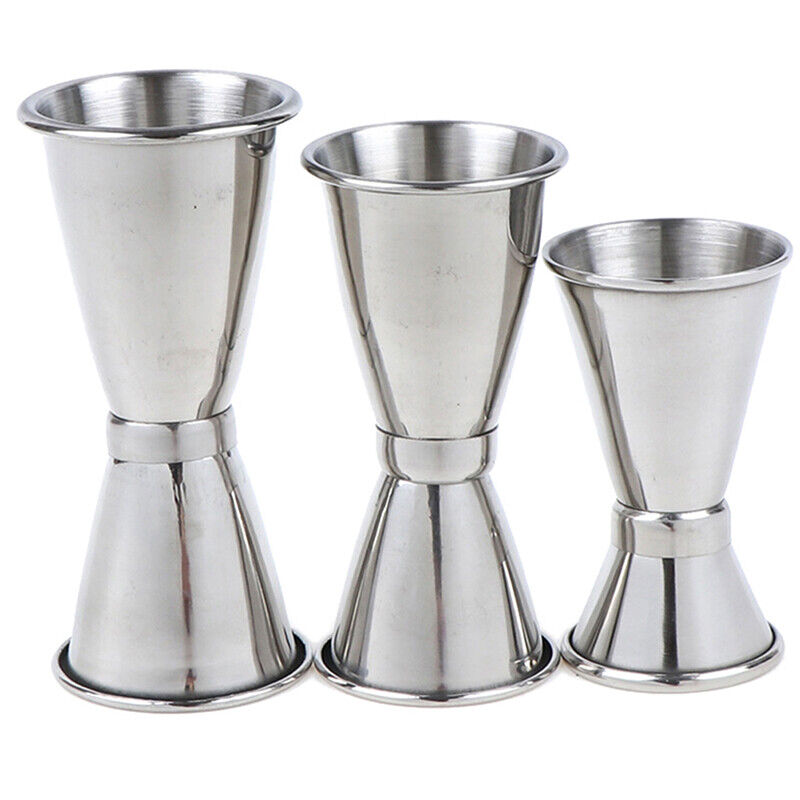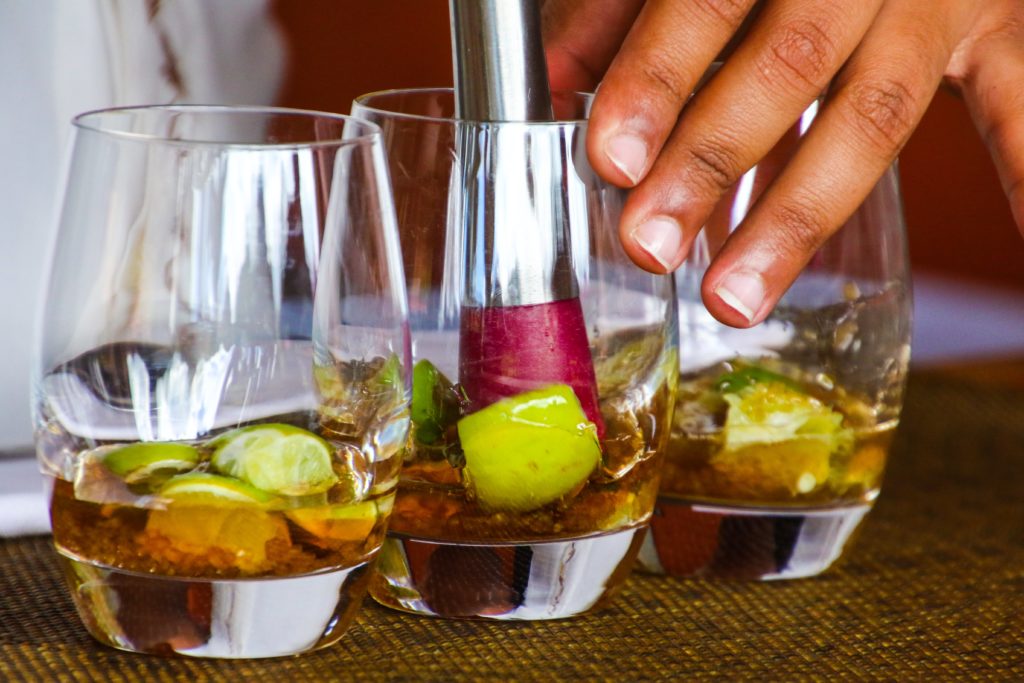How to Pick a Good Bottle of Wine in Kenya
Since 2010, wine in Kenya has burgeoned from an aspirational drink to an every other day beverage for many.
Back then, the bulk of the wine available on our market shelves was mainly imported from South Africa. Fast forward to 2024 and Kenyans now have access to all sorts of wines.
More wine distributors are setting up shop in Kenya and sourcing bottles from far-flung places like Italy, Australia, Argentina and France.
But how do you pick a delectable wine with ease? What’s the difference between a sweet red wine like 4th Street and an Italian sparkler like Prosecco, for instance? Let’s find out.
The Basics
There are about as many ways to talk about wine, as there are types of wine. But having some basic understanding of the varietals can help you to quickly learn which wines you’re most likely to enjoy- and which ones you’re better off avoiding.
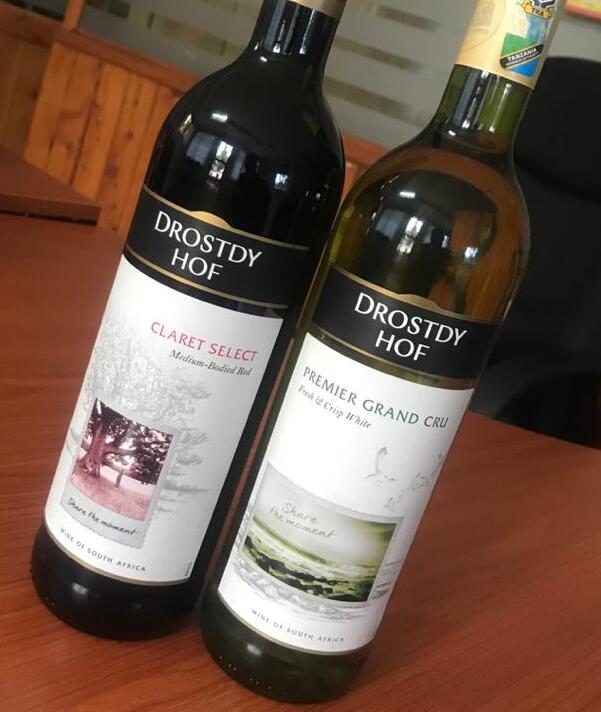
The essential characteristics that define any wine can be categorized as follows:
- Sweetness: A wine can either be sweet, semi-sweet or dry. If the wine label uses the term dry don’t expect it to be sweet at all.
- Body: This refers to the weight and richness of a wine. Most red wines feature a full-bodied profile with a slightly tenacious mouth feel compared to light-bodied white wines which are more smooth and featherlike on the palate.
- Tannins: These are naturally occurring compounds found on grape skins, giving the finished wine a slightly bitter taste. Wineries incorporate more tannins during the red winemaking process and it’s no surprise some red wines have a distinctively dry finish.
- ABV Content: The amount of alcohol can be indicative of how rich a wine will taste. A higher alcoholic content means the wine was made using riper grapes and will probably be more flavorful.
Decoding a Wine Label Properly
Catchy illustrations and clever branding can sometimes sway you into purchasing a wine that ends up being underwhelming.
However, reading the label on a wine bottle is fairly easy when you know what information to look for and the superfluous aspects of the label to ignore.
As a rule of thumb, the more details on a wine label the better. Look for any specific information about the winery location, valley and variety of grape.
The region descriptor on a wine label can be broad to only include the country of origin or more specifically, indicate the vineyard where the grapes were produced.
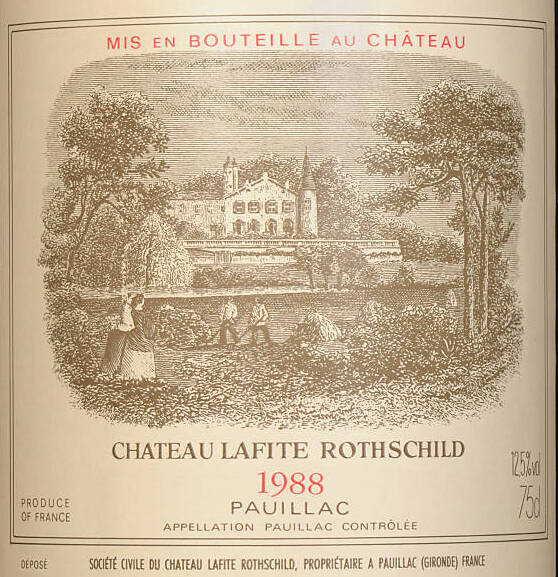
Many wine enthusiasts find the more specific a label in terms of location the higher the quality.
A bottle of wine that highlights a particular vineyard as opposed to the country of origin alone, for example, is likely to be more refined and of a premium quality.
The information on most wine labels is fairly standard with some slight variations between producers.
Sometimes wineries will clearly state the type of grapes used to make a particular wine, while in other instances you’ll have to look to the appellation for clues about what varietals could have been used based on the production guidelines of that region.
More prominent wineries will include a detailed wine description at the back often peppered with terms referencing the four basic characteristics of wine we had discussed in the previous section. Understanding each makes it easier to decipher any wine label.
Different Wines Call for Different Occasions
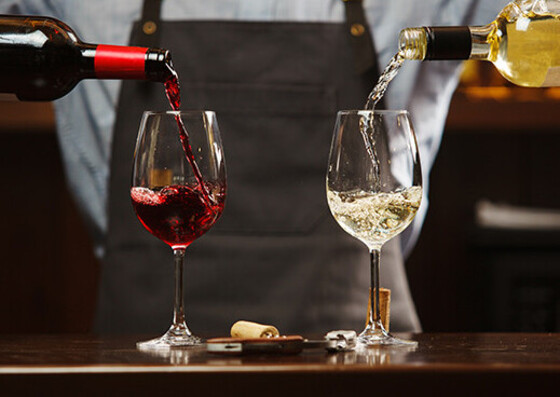
If you’re looking for a wine for your enjoyment or a bottle you can share with guests, here are a few things to consider beforehand:
- Flying solo or expecting some company? Since a “good” wine is so subjective, picking a bottle of red and a bottle of white when hosting friends or family is a good place to start. When making your selections, opt for wines closer to the middle of the body and sweetness spectrum. A more balanced wine with subtle tones is easily enjoyed by even the pickiest of wine drinkers.
- Is a meal included in the works? If you’d like to pair your wine with a carefully crafted meal, the tried-and-tested rule is white wines for light dishes, like pasta and chicken, and red wines for heavier dishes with red meat as a major ingredient
- Planning to mix the wine into a recipe? When making sangria or using wine to cook a dish, the flavor and texture of the wine you pick aren’t as important. The flavors tend to blend with other ingredients in the recipe, creating a whole new flavor profile. If you plan to enjoy a bottle of wine on its own, however, you must be more selective and go for flavor notes you’re most likely to enjoy.
Wine flavors come in many unique forms, and the flavors you naturally enjoy in other foods and drinks can greatly influence what you’d consider a good wine.
An apple juice lover, for instance, is likely to savor the richness of a sweet white wine, while grape juice lovers will feel more at home with a crisp white wine.
Although beer takes the top spot as the most consumed type of alcohol locally, many more people are starting to appreciate and embrace the consumption of wine in Kenya.
So, do you prefer unwinding with a bottle of white or red wine by your side? Keep the conversation going by sharing your top picks and how you go about picking a good bottle of wine.

